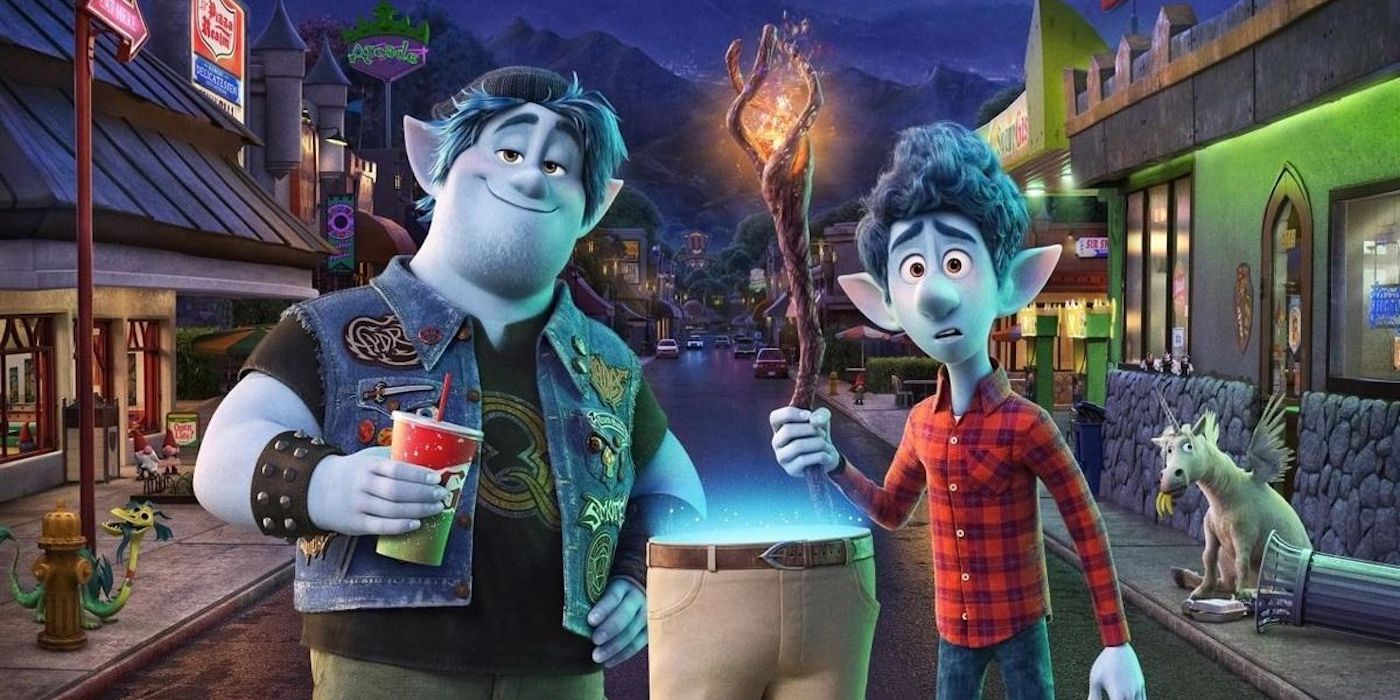It’s a sad time to be a movie-goer, as COVID-19 affects the vast majority of theaters across the country. Major chains, like AMC, have been forced to shut their doors in light of the pandemic, and face an uncertain future.
That said, there is of hope amidst all of this, as not all movie theaters have closed their doors. A recent Deadline survey determined that 14 theaters stayed open last weekend, and 13 of them are the kind that are best equipped to handle social distancing guidelines: They're drive-ins.
They played notable new releases last weekend like The Invisible Man, The Hunt and Onward. While none of these films grossed up to six figures, they did perform in the $20,000 to $40,000 range, which isn’t bad considering all these films are available to watch at home, with Onward on Disney+, and The Hunt and The Invisible Man on Amazon Prime.
People want to see movies on the big screen, and drive-ins are the safest way to do so right now. The closest anyone needs to get to another person at a drive-in is buying their ticket at the box-office, and for the rest of the movie, viewers can stay snug in their car, six feet or more away from other patrons. It’s a fascinating image, returning relevance to an American institution that many thought had become a relic
Drive-ins have a long and fascinating history in this country, with the first patented one arising in New Jersey in 1933. Created by a man named Richard Hollingshead, his objective was to make a theater that was accessible to people, namely his mother, that couldn’t fit into smaller interior theaters. Marketed towards families, the idea caught on and proved successful.
During the 1950s and 60s, drive-in theaters caught on with the baby-boom generation. They were considered ideal for family outings and became reputable for being a great date location. Over 4,000 drive-ins sprung up around the U.S. at this time and managed to survive despite having to operate under certain conditions that regular theaters didn’t, like only being open in warmer seasons and being dependent on good weather.
The 1970s proved very detrimental towards the continued prominence of drive-ins. The gas shortage caused people to downsize their cars, so it wasn’t as comfortable to go to drive-ins with smaller vehicles. The advent of the VCR, which allowed home viewing of popular movies, also lessened the appeal of drive-ins.
Although greatly reduced in number, drive-ins didn’t die completely. Many survive by setting up in wide open spaces, which is why they’ve continued to exist primarily in rural areas. They also have devoted customer base due to their fringe position and nostalgic nature, screening both classic and new film. At a time when the fate of traditional movie theaters is in limbo, it is reassuring to see that these cultural touchstones have time in the spotlight again.



